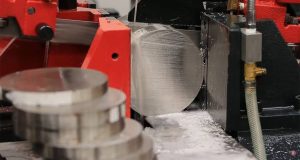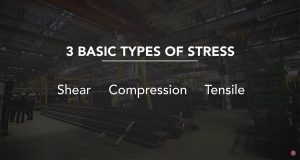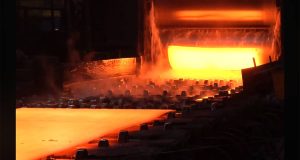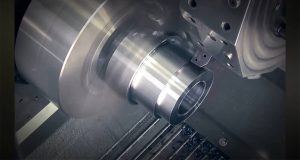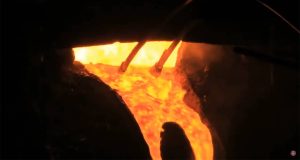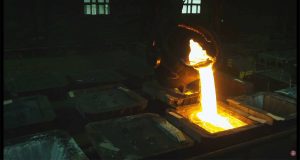Steel alloys combine strength, durability, and adaptability to support industries that depend on high-performance materials. They are essential in construction, transportation, machinery, and toolmaking. Because iron is blended with other elements to modify hardness, strength, and resistance to corrosion, these materials remain dependable and versatile. Understanding what goes into a steel alloy helps explain why it performs so effectively in demanding environments.
What Defines a Steel Alloy
A steel alloy is created by combining iron with other elements such as carbon, chromium, nickel, or manganese. Each additive affects how the steel behaves. Carbon increases hardness, while chromium enhances protection against rust and oxidation. By carefully adjusting these components, manufacturers can produce materials suited to specific needs, from structural beams to precision cutting tools.
Common Alloying Elements in Steel
• Carbon: Improves hardness and tensile strength
• Chromium: Increases resistance to corrosion and heat
• Nickel: Adds stability and impact toughness
• Manganese: Boosts wear resistance and durability
• Molybdenum: Strengthens steel at high temperatures
• Vanadium: Improves hardness and refines grain structure
• Tungsten: Enhances heat resistance and longevity
How Alloying Changes Steel Properties
Adding the right combination of elements transforms ordinary iron into a material that performs reliably under stress. Alloys can be engineered to resist heat, reduce oxidation, and maintain strength through long-term use. This flexibility is what makes steel alloys essential in construction, manufacturing, and precision engineering.
The Role of Carbon in Steel Strength
Among all alloying elements, carbon has the greatest effect on steel’s performance. Low-carbon steels are more flexible and easy to weld, making them ideal for automotive parts and pipes. High-carbon steels are harder and suited for cutting tools, industrial machinery, and springs. Balancing carbon levels ensures the right mix of toughness, hardness, and workability.
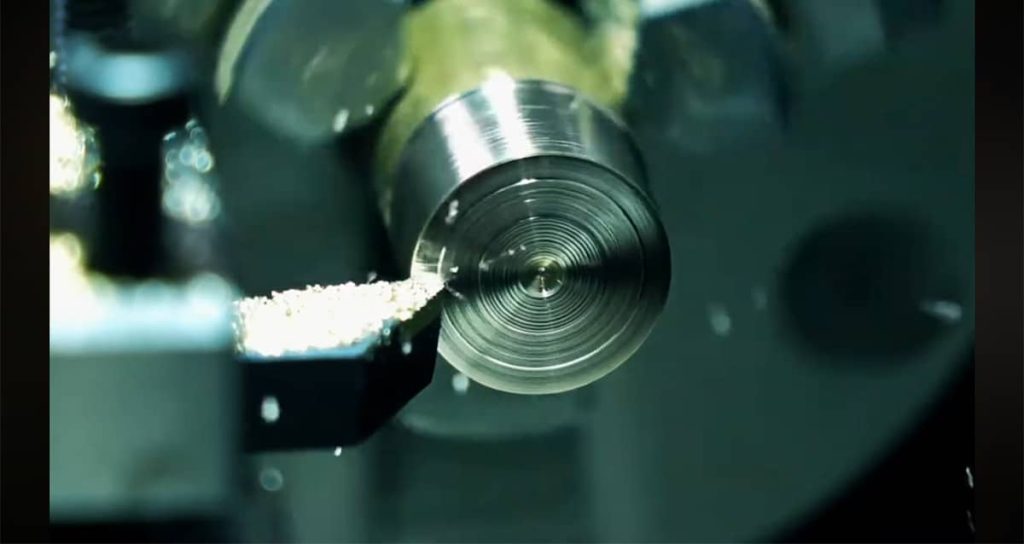
Comparison of Common Steel Alloys
| Alloy Type | Main Elements | Key Properties | Common Uses |
|---|---|---|---|
| Carbon Steel | Iron, Carbon | Strong, affordable, easy to form | Construction, automotive, machinery |
| Stainless Steel | Iron, Chromium, Nickel | Resistant to corrosion and heat | Kitchenware, medical tools, aerospace |
| Tool Steel | Iron, Tungsten, Vanadium | Extremely hard and wear-resistant | Cutting tools, molds, dies |
| Alloy Steel | Iron, Manganese, Chromium | Balanced strength and toughness | Gears, pipelines, axles |
Why Alloy Selection Matters
Choosing the correct steel alloy depends on how the material will be used. Structural engineers may prioritize tensile strength, while manufacturers of kitchen equipment focus on corrosion resistance. Selecting the proper composition increases a product’s lifespan and reduces maintenance costs. Different types of steel alloys provide a range of benefits for strength, flexibility, and performance.
Test Your Knowledge on Alloys
Think you know what makes an alloy unique? Put your knowledge to the test with our interactive quiz “What Is an Alloy?” on SawbladeUniversity.com. It’s a quick and fun way to see how well you understand alloy composition, properties, and real-world applications perfect for anyone who works with metals or wants to sharpen their material science know-how.
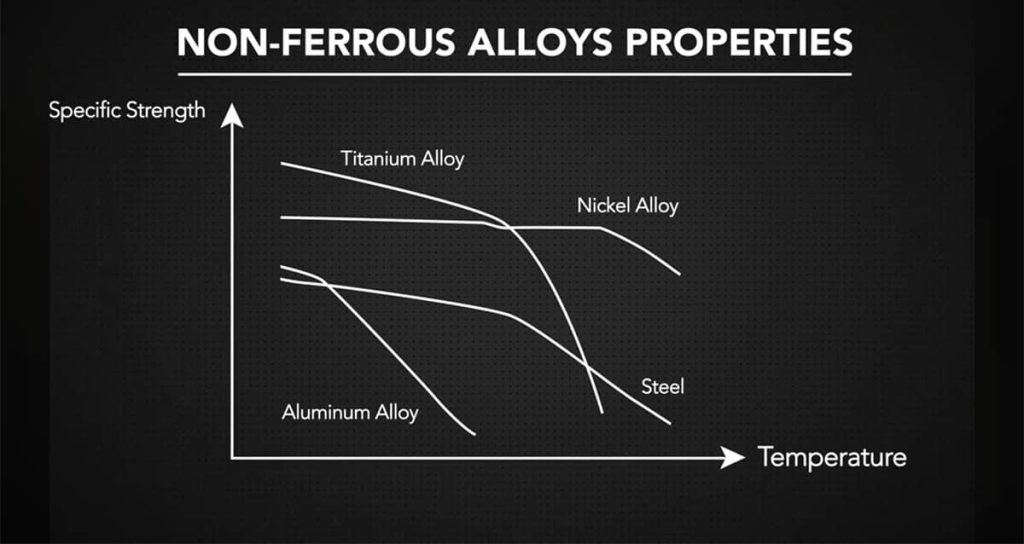
Industries That Rely on Steel Alloys
• Construction: Beams, rebar, and framework
• Automotive: Engine components and body panels
• Aerospace: Turbine parts and landing gear
• Manufacturing: Tools, molds, and machine parts
• Energy: Pipelines, drill bits, and turbines
Heat Treatment and Alloy Performance
Steel alloys often undergo heat treatment to optimize their structure. Processes such as quenching, tempering, and annealing allow precise control of hardness, flexibility, and toughness. This process improves mechanical performance without changing the alloy’s chemical composition, ensuring reliable results across industries.
Common Challenges in Alloy Production
• Maintaining consistent composition, as small variations can affect quality
• Balancing performance and cost when using expensive elements like nickel or molybdenum
• Meeting environmental and energy-efficiency standards in refining and production
Maintaining and Working with Steel Alloys
Proper maintenance is essential for long-term performance. Avoid prolonged moisture exposure, use protective coatings when needed, and apply the correct cutting fluids during machining. Even corrosion-resistant alloys benefit from routine inspection and cleaning to prevent wear, fatigue, and oxidation.
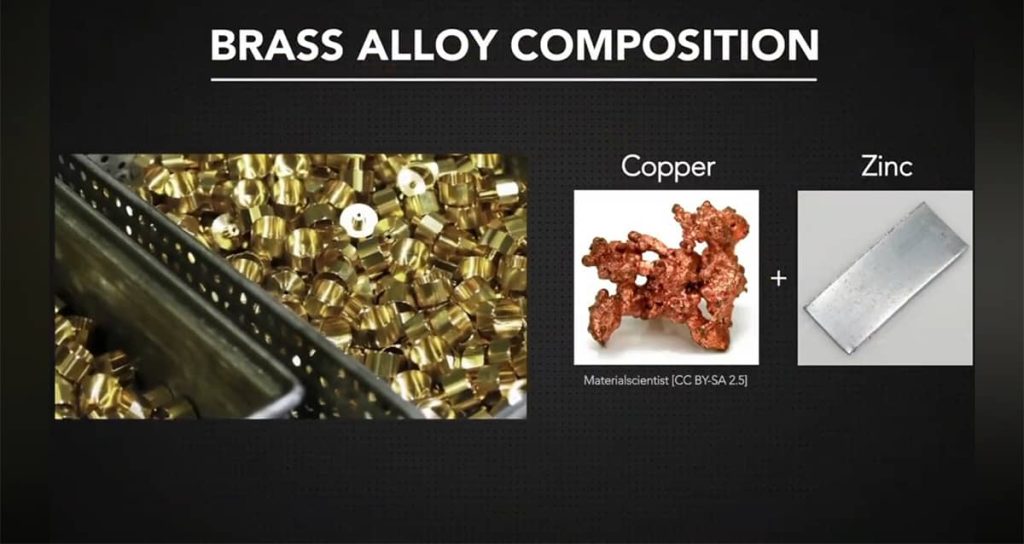
Advantages of Using Steel Alloys
• High strength-to-weight ratio
• Excellent machinability and shaping ability
• Reliable resistance to corrosion and high heat
• Adaptability across industrial applications
• Long-lasting performance when maintained properly
Check Out Our Metal Melting Point Reference
If you work with metals regularly, understanding their melting ranges can make your projects safer and more precise. For quick access to accurate data, read our article “Common Metal Melting Points: A Convenient Reference Guide.” It lists the melting temperatures of popular metals and alloys, helping you choose the right material and temperature settings for your cutting, welding, or casting tasks.
Steel alloys remain one of the most valuable materials in modern manufacturing. Their durability, adaptability, and strength result from carefully balanced elemental combinations that improve performance across countless applications. Whether it’s a skyscraper frame, surgical instrument, or precision tool, understanding what’s in the mix helps you choose the right steel alloy for your next project.

